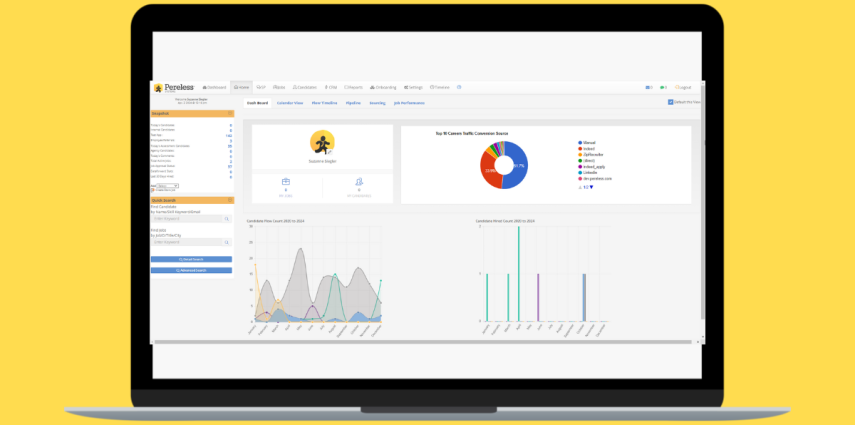In today’s competitive business landscape, leveraging technology to optimize recruitment processes can make all the difference. One powerful strategy companies are adopting is white-labeling an Applicant Tracking System (ATS). By integrating a branded ATS into your services, your business can save time and money, increase revenue potential, gain a competitive edge in the market, enhance brand recognition, and improve customer satisfaction and retention. Let’s explore how white-labeling an ATS offers these substantial benefits for your business.
Save Time and Money with Streamlined Recruitment
Managing recruitment manually or through multiple disconnected systems can be costly and time-consuming. White-labeling an ATS allows you to offer a seamless, automated hiring platform without investing heavily in development or ongoing maintenance. Since the technology is already built and tested by the provider, your business can save time and money by avoiding lengthy development cycles and expensive technical support. This efficiency means recruiters can focus more on identifying talent rather than handling administrative tasks.
Increase Revenue Potential by Offering More Value
Adding a white-labeled ATS to your suite of offerings opens up new revenue streams. Instead of solely providing recruitment consulting or staffing services, you’re now offering a complete, tech-enabled solution — all under your own brand. Providing a branded, robust ATS enables you to capitalize on revenue and upsell additional services, thereby increasing revenue potential. Your clients will appreciate the comprehensive approach, which adds tangible value to their hiring process, making your business indispensable.
Gain a Competitive Edge in the Market
With many businesses still struggling to modernize recruitment, offering a white-labeled ATS sets your brand apart from competitors. It positions your business as a tech-savvy, customer-focused solution provider. This advantage helps you capture a larger market share and retain clients eager to stay ahead in talent acquisition. By integrating cutting-edge recruitment technology under your brand, you gain a competitive edge in the market.
Enhance Brand Recognition Across Client Interactions
Using a white-labeled ATS means your clients interact with your brand throughout every stage of their hiring process. Unlike third-party solutions that dilute brand presence, a white-labeled platform underscores your identity. This consistent branding helps to enhance brand recognition, reinforcing your market reputation and building trust with clients. Over time, this heightened exposure leads to enhanced brand recognition, forging stronger relationships and greater loyalty from your clients.
Improve Customer Satisfaction and Retention
An intuitive and efficient ATS improves the overall hiring experience for your clients, reducing frustrations and speeding up their recruitment cycles. By providing a tool that delivers real results and a seamless user experience, your customers are more likely to be satisfied and stay loyal. This naturally leads to better customer satisfaction and retention, key drivers for long-term business growth.
Bradford’s Takeaway

White-labeling an Applicant Tracking System is more than just a tech upgrade—it’s a strategic business move. From saving time and money to increasing revenue potential, gaining a competitive edge, enhancing brand recognition, and boosting customer satisfaction and retention, the benefits are compelling. If your business is looking to elevate its recruitment offerings while reinforcing its brand in the marketplace, white-labeling an ATS is a smart investment. Embrace this opportunity and watch your business grow with a powerful, branded recruitment solution.



